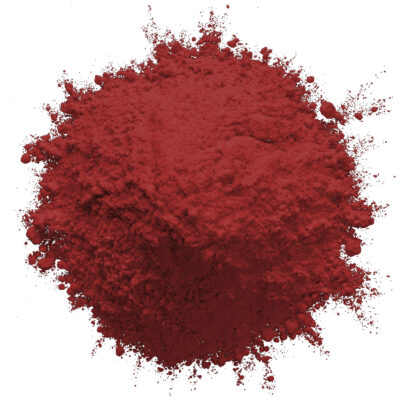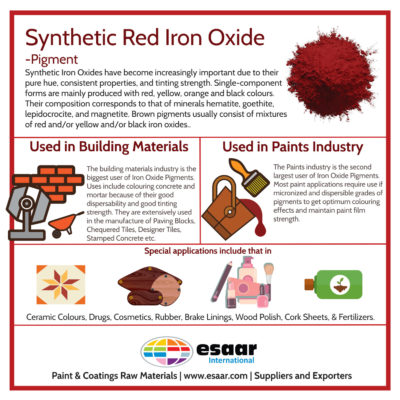Copper pyrithione is a chemical that helps prevent the growth of organisms like algae, barnacles, and mussels on surfaces like ships, boats, and underwater structures. In the world of marine paints, it’s like a superhero that fights off the bad guys (in this case, marine organisms) to keep surfaces clean and smooth. Imagine you have a boat, and every time you take it out on the water, tiny plants and animals start to stick to its bottom, making it harder to move and slowing it down. That’s called fouling, and it’s a big problem for boats and other things that spend a lot of time in the water. But with copper pyrithione added to marine paints, it’s like giving your boat a shield against these pesky invaders.
When you apply paint containing copper pyrithione to a surface, it releases tiny amounts of copper ions over time. These ions are like little soldiers that attack the cells of the organisms trying to attach themselves to the surface. They mess with the organisms’ ability to function properly, kind of like throwing a wrench into a machine. Without functioning properly, the organisms can’t stick around, and your boat stays clean and fast.
In marine paint industry, copper pyrithione is a key ingredient in anti-fouling paints and coatings. These special paints are used not just on boats, but also on things like underwater pipes, oil rigs, and even buoys. Anywhere that’s in constant contact with water is at risk of fouling, so having a good anti-fouling paint is crucial. Copper pyrithione boosts the effectiveness of these paints, helping them last longer and perform better in harsh marine environments.
In conclusion, copper pyrithione plays a crucial role in Marine paint industry as a booster biocide. By preventing the growth of organisms on surfaces exposed to water, it helps maintain the performance and longevity of marine structures while reducing the need for costly and environmentally harmful maintenance.








Leave a Reply